For more on how to cook for a low FODMAP diet, grab your copy of SIBO Made Simple–it has over 90 low FODMAP, anti-inflammatory recipes with modifications for low histamine, yeast and candida-friendly and vegetarian.
In the early months of 2016, I started noticing that the dietary restriction du jour conversation was starting to shift away from gluten and focus, instead, on FODMAPS.
Mainstream gastroenterologists were citing clinical studies that showed a shocking success rate for IBS patients who removed foods rich in these types of carbohydrates. Friends were whispering to me at dinner parties that no longer eating garlic and onion had both ruined and saved their social life. And random fans of this site were writing in requests for advice on how to cook for a low FODMAP diet that didn’t involve eating bland chicken breasts and crudités for dinner.
Because I was curious, and a veteran of the GF trend, which made me very sympathetic to the cause, I began diving into the research and coming up with practical solutions for dealing with this rather unfortunate Chopped mystery box.
I first published some of the below tips shortly thereafter, with a follow-up post on The Best Low FODMAP Recipes, including how to adapt many of the favorites from this site to suit this diet. These posts quickly became two of my most searched pieces, underscoring again how many people were experimenting on their own (or with doctors unschooled in the arts of fitting dietary advice into real kitchen life).
But it wasn’t until this past January, after I was diagnosed with SIBO and began a low FODMAP protocol, that I got a true taste of my own medicine.
Now that I’ve been cooking and living the low FODMAP life for nearly 6 weeks, I’ve gotten to take my advice for a very long test drive. I’ll report back on my symptoms next month when we do a deep dive into SIBO. For now though, I wanted to at least revisit these tips on how to make the best of a bad garlic-free situation. And really, it isn’t so bad after all.
Though eating out remains a challenge, I’ve hosted friends and made some of my most satisfying dishes this past month, all without the crutch of global cuisine’s most ubiquitous aromatics.
Read on for some more information on whether a low FODMAP diet is right for you, what it takes to make delicious, flavorful foods without these trigger ingredients, and how to spot recipes that are easy to adapt to your low FODMAP needs.
If you’re looking for a helping hand experimenting with this diet, I recently added a 4-week low FODMAP meal plan to my online course, 4 Weeks to Wellness. It would be an honor to coach you along this leg of your healing journey and provide all the support I can in the kitchen and beyond!
With health and hedonism,
Phoebe
FODMAP’s is an acronym that stands in for a group of carbohydrates that have been thought to contribute to IBS and other digestive issues.
The key food groups to avoid include legumes, lactose (including most dairy, with the exception of certain hard cheeses), wheat/gluten, high fructose fruits and sweeteners (honey, agave, corn syrup), members of the onion family (garlic, shallot, scallions) and other vegetables high in inulin (asparagus, artichokes, leeks).
There are plenty of lists of what foods are off the table (this shopping list is a great one). But like a good healthy hedonist, I would instead like to focus on what you can eat. Consider the following the foundation of your Chopped mystery box (and also keep in mind there are even more foods not listed!):
Bananas (so long as green / unripe)
Berries (Strawberry, Raspberry, Blueberries)
Carrots
Cucumber
Citrus fruits
Tomatoes
Potatoes
Peppers
Root Vegetables (Sweet Potatoes, Butternut Squash, Parsnips, Turnips), so long as portion size is under 1 cup
Zucchini and Summer Squash
Fresh green herbs
Salad greens (arugula, spinach, lettuce)
Parmesan Cheese
Gluten-Free Grains (Quinoa, Rice, Polenta, Oats, GF Pasta)
Nuts (peanuts, walnuts, Brazil nuts. Some others have quantity restrictions)
Seeds (chia, pumpkin, hemp)
Corn tortillas (and chips)
Almond or Lactose-Free Milk
Maple Syrup
Lactose-Free Kefir
Eggs
Butter
Cooking oils
Vinegar
Dijon mustard & Mayo
Spices
Meat (except sausage and processed meats with additives)
Poultry
Seafood
Should I Go On a Low FODMAP Diet?
Recently, several studies have tested the effectiveness of this diet with IBS sufferers, and seen very positive results. And lord knows, 75 percent of you reading this have probably been told you have IBS at some point.
In reality, IBS is kind of a BS diagnosis. It’s a symptom of an underlying issue, not a disease or condition in and of itself. The diagnosis should be a last resort–one that’s only given after all other possibilities are ruled out.
Often this underlying issue is a hidden food sensitivity. So if you’ve been experiencing frequent tummy trauma (yes, IBS) it’s worth doing an elimination diet to see what your body isn’t particularly fond of at the moment.
The benefits of a low FODMAP diet is that you take out many potential culprits: gluten, dairy, large quantities of soy, and a great deal of packaged food. But you also take out many other vegetables that are good for you. It’s worth doing the 1.0 elimination diet experiment first, in my opinion.
If you’ve already tried cutting out the basics but are still a gassy, bloaty mess, then your body might be reacting to something more specific: one of the carbohydrate groups included in the FODMAP acronym.
The reason that it’s reacting, however, is another issue entirely. The root cause that has yet to be addressed. And often that root cause is SIBO: small intestine bacterial overgrowth.
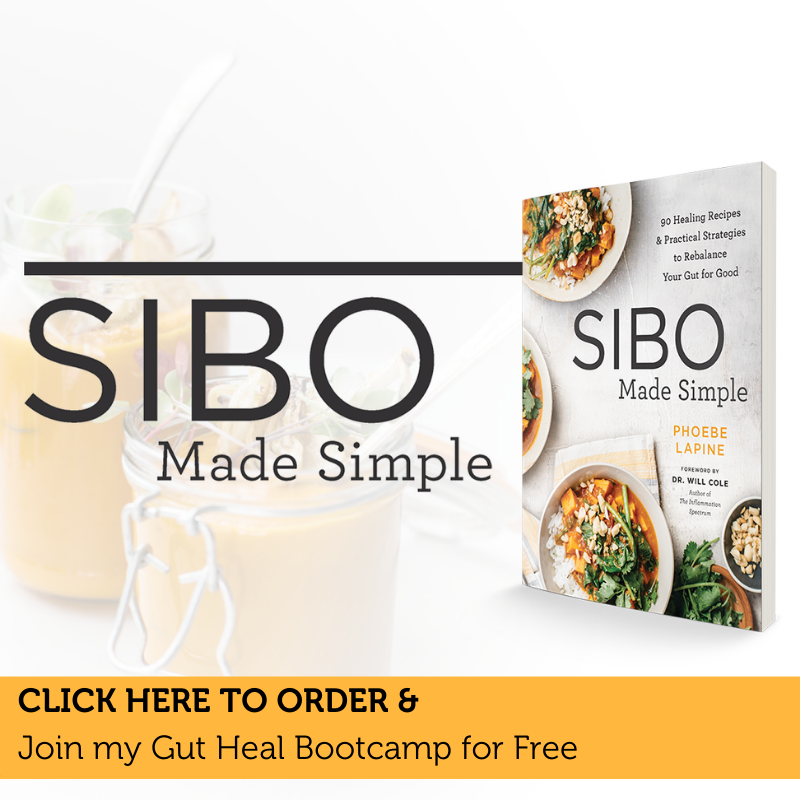
13 TIPS FOR COOKING ON A LOW FODMAP DIET
1. Make your own stock.
Garlic and onions are the real enemies of the FODMAP diet because they are in EVERYTHING—especially the bases of sauces and soups. Not only is it a struggle to avoid members of the onion family, but most people have a hard time creating layers of flavor in their meals without these aromatics. Luckily though, once you have a hardy stock, you can pretty much make any soup or stew have a sense of depth. Take a whole chicken or two carcasses and add peppercorns, lots of herbs, fresh ginger, carrots and celery (less than one stalk per serving is FODMAP-friendly), and any other FODMAP-friendly vegetable scraps you have lying around.
2. Swap honey for maple syrup.
The M in FODMAP stands for monosaccharides, meaning fructose. So many fruits and sweeteners are off the table. If a recipe calls for honey, an easy swap is maple syrup (which is lower in fructose). You can also use table sugar (sucrose) but it’s easier to substitute another liquid sweetener to make sure the quantity is comparable.
3. Replace yogurt with lactose-free kefir.
There are many brands now that will completely eliminate lactose in the process of making their yogurt. The good bacteria added in the fermentation process helps break it down, which is why people sensitive to dairy often find that they don’t have as much trouble digesting yogurt, even if it still has some lactose.
If you can’t find lactose-free yogurt, you might have more luck with kefir. It’s slightly thinner and more drinkable, plus it packs even more of a probiotic punch. I’m a big believer that adding more probiotic foods to your diet is the key to a more long term treatment of IBS symptoms. So give it a try in dressings, with your morning granola, or as a substitute for yogurt in any sauces. Just make sure to add it off the heat as to not kill all those good critters.
NOTE: those using a low FODMAP diet to treat SIBO may be instructed to avoid any fermented foods for the duration of treatment. If so, kefir may not be a good option for you.
4. Stick with Asian flavors and condiments.
You’ll get a ton of flavor with gluten-free tamari, sesame oil, and fresh ginger—enough that you’ll hardly notice the absence of garlic or onions. In general, ethnic cuisines with lots of FODMAP-friendly condiments are a great place to start with your recipes. Try this sheet pan salmon, Thai green curry, or soba spring rolls.
5. Make your own salad dressing.
On a low FODMAP diet you can have most acids—vinegar, lemon or lime juice—and emulsifiers like mayo and mustard. Really the no-no are the sweeteners like high fructose corn syrup and honey that are in many store bought dressings and condiments. Luckily, making your own salad dressing is one of the easiest things to do at home. And having flavorful homemade condiments around at all times, makes throwing together a not-sad desk lunch or dinner that much easier. But if you’re looking to save time in your low FODMAP kitchen, check out some of these fabulous store bought sauces, spice mixes and condiments.
5.b. Make your own Garlic and Shallot Infused oil
FODMAP’s are not fat soluble, so a favorite low FODMAP cooking tip is to infuse your oil with some of these off-limits aromatics. Adding garlic-infused oil to any dish that would ordinarily call for garlic is a great hack. It works especially well in dressings!
6. Almond or lactose-free milk for dairy.
Milk and cream are to be avoided, but many cheeses that are low in lactose are okay for the FODMAP diet. This means that your favorite comfort foods like mac and cheese are still doable at home if you make the right tweaks, like subbing a lactose-free milk and gluten-free pasta. Try this recipe for my “creamed spinach” mac and cheese (just omit the shallot and garlic. duh).
It should be noted that many low FODMAP food lists recommend a limited intake of almonds, so just be mindful of how much almond milk you’re adding to your meals. It’s fairly diluted, so shouldn’t be a problem for most of you.
7. Let spices be your friend.
Like Asian condiments, a lot of good spices can go a long way. For Indian and Middle Eastern cuisines, you need only omit the garlic and onion and you’ll stick get plenty of flavor. A bold curry doesn’t need a whole lot of other aromatics to make the main ingredients taste wonderful. It’s also a great way to jazz up some roasted vegetables like carrots or potatoes.
8. Add some heat!
Another partner tip to the above is to light your taste buds on fire!! If you suffer from IBS, you might have a hard time with spicy foods. But for those who feel better simply from omitting FODMAPS, jalapeño and hot sauce can add a much needed punch to everyday cooking. Just make sure to read labels to avoid onion, shallot, garlic and honey. Sambal olek is a better option than sriracha for this reason.
9. Make your own sausage.
All meat, seafood and poultry is fair game on a low FODMAP diet, with the exception of processed meats, which could contain flavorings like onion and garlic. The solution is to simply make your own sausage—and it’s easy! All you need is ground meat and the herbs/spices of your choice. For sweet Italian, try fennel seeds, thyme, and oregano. You can add some red pepper flakes to make it hot. Or make your own chorizo by adding cumin, smoked paprika, and coriander.
10. Brown your meat and deglaze the pan.
Understanding basic cooking techniques for layering flavor will be a huge asset in cooking without onion, garlic and shallots. First and foremost, you want to cook your meat, seafood, and poultry as simply and perfectly as possible. This means giving it a good sear on the stovetop.
Get your pan nice and hot. Dry the protein with towels and season it generously with salt and pepper. Add it to the pan, making sure you’re not packing it to the gills with food (crowding diffuses the heat). Then DON’T TOUCH IT. Your meat needs to hang out on the surface area of the pan undisturbed to develop that beautiful brown crust.
When you’re finished cooking, remove the protein to a plate and make use of all those brown bits on the bottom of the pan—that’s flavor! To scrape them up and create a pan sauce, add some sort of acidic liquid like wine, vinegar, lemon juice or tomatoes. You want to use wine in moderation on a low FODMAP diet, but you’ll only need ½ a cup. Simply add water to create more sauce if needed.
11. Make puttanesca instead of marinara.
Antipasti ingredients like olives, capers, and sundried tomatoes are full of flavor and great for adding some interesting elements to your sauces. Italian cuisine is tough on a FODMAP diet since there’s so much garlic involved. Pasta sauce (or a basic marinara) is just a few ingredients. Instead, try making a puttanesca which is packed with briny things from the antipasti bar. Just make sure to skip the garlic and onion.
12. Bacon makes everything better. Even a low FODMAP diet.
Okay, it isn’t the healthiest. But when in doubt, or in extreme diet depression, a little crispy bacon goes a long way. Make sure to check the ingredient labels for added flavors (like honey) and buy organic if you can. Sprinkle it on salads, add to your risotto, or enjoy a slice or two just because.
13. Make your meals ahead of time.
When it’s hard to eat out, meal prep becomes even more of an asset. I tried to batch cook at least two meals–usually a soup and a sheet pan dinner–to have at the ready in the fridge at all times. If you’re new to this concept of make ahead meals, my free e-book How to Meal Prep Like a Pro will be a great helping hand.
More low FODMAP resources:
- My Low FODMAP Cookbook, SIBO Made Simple
- Monash University FODMAP Guidelines + App!
- The Best Low FODMAP Recipes + FREE Weeknight Meal E-Book!
- 4 Weeks to Wellness Course low-FODMAP 4-Week Meal Plan
- Is SIBO the Cause of Your Digestive Distress? Find Out How a Low FODMAP Diet Can Help
- The Well Balanced FODMAP-er
- All You Need to Know About a Low FODMAP Diet
- How to Do An Elimination Diet For Food Sensitivities
Disclaimer: There is no MD after my name. All articles shared on this site are informational, based on my own personal experiences and research, and not intended as medical advice. Please consult a professional before implementing any of the dietary protocols discussed.
Still have questions about the low FODMAP diet and how to go about it?
Need 4-weeks worth of easy low FODMAP recipes with a step-by-step meal plan laid out for you?
I recently added a low FODMAP track to my online course, 4 Weeks to Wellness. You’ll now receive a 20 recipe cookbook, shopping lists, elimination diet guidance and reintroduction worksheets, in addition to the many other resources in the normal program.
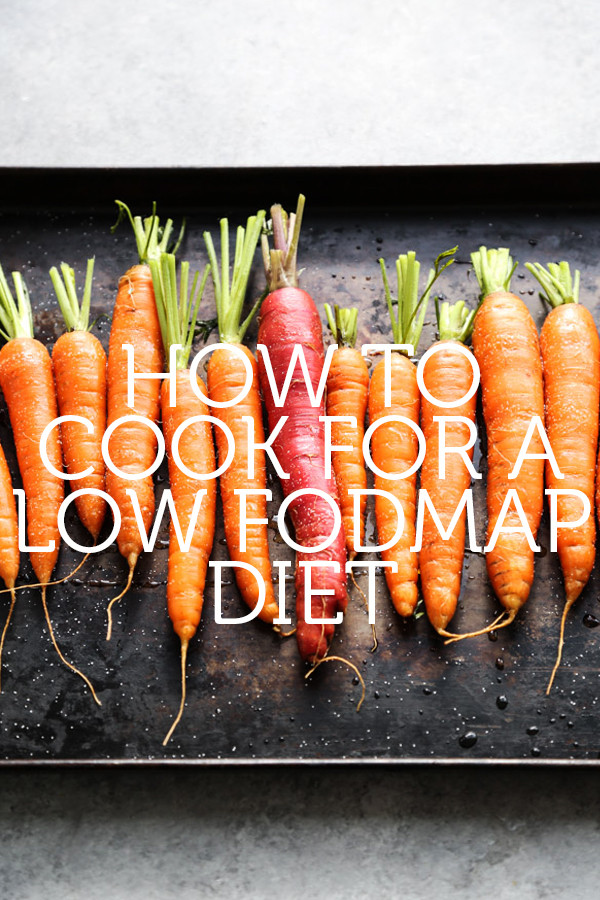
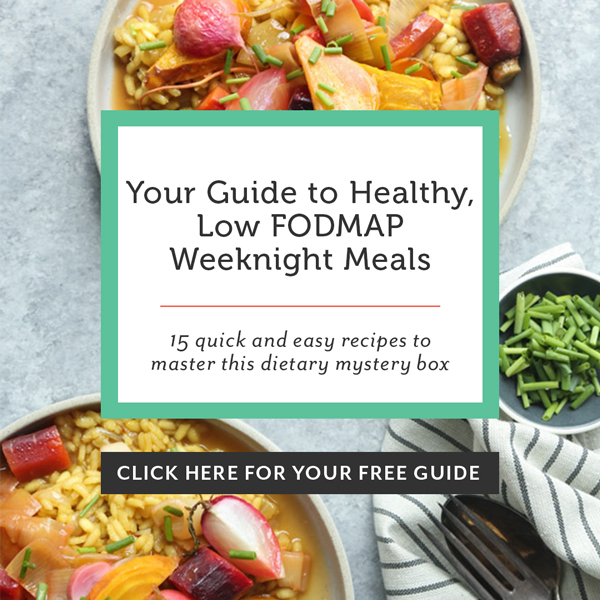
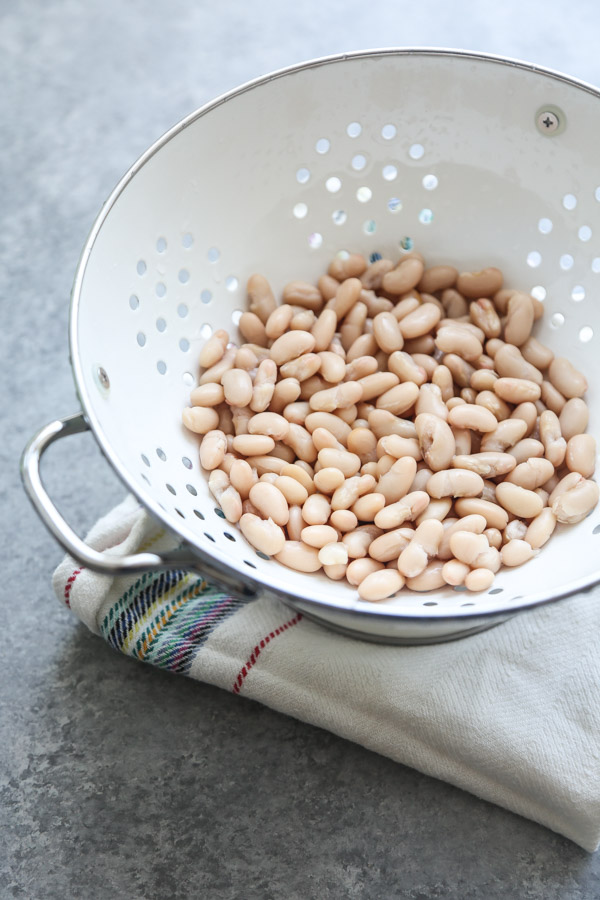
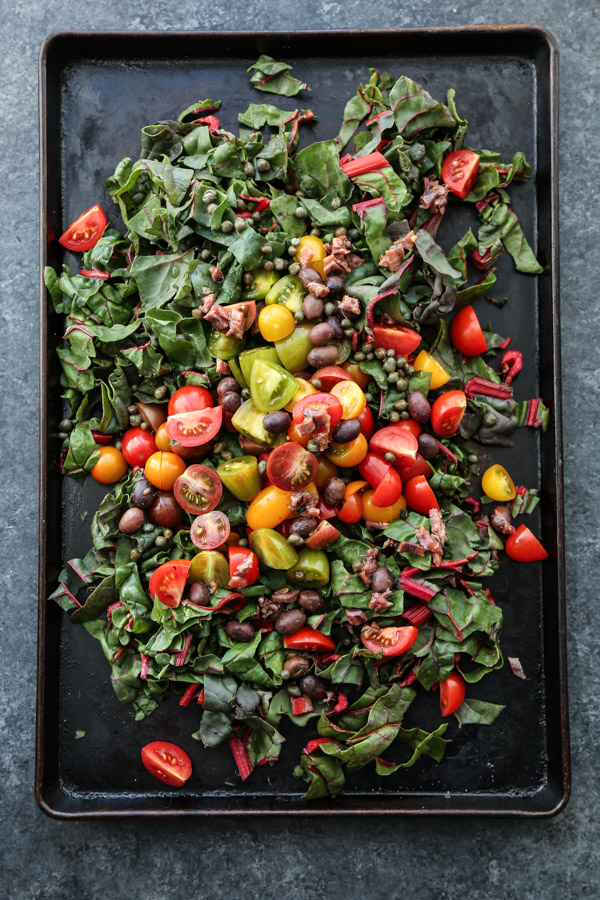
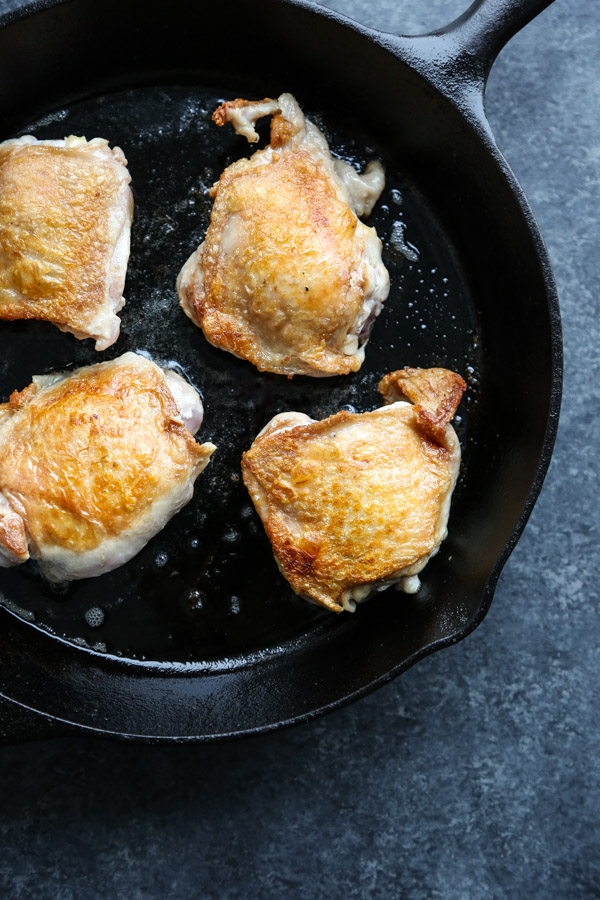
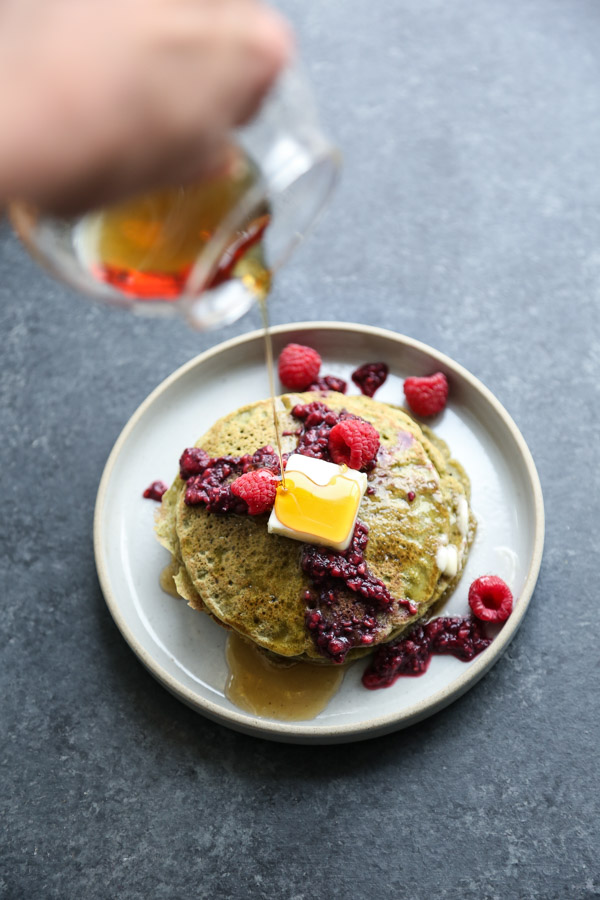
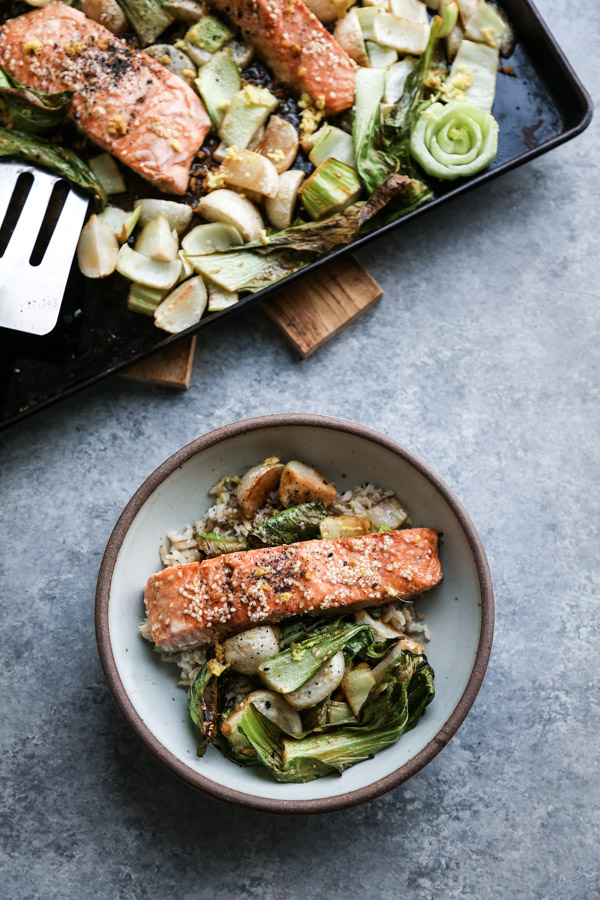
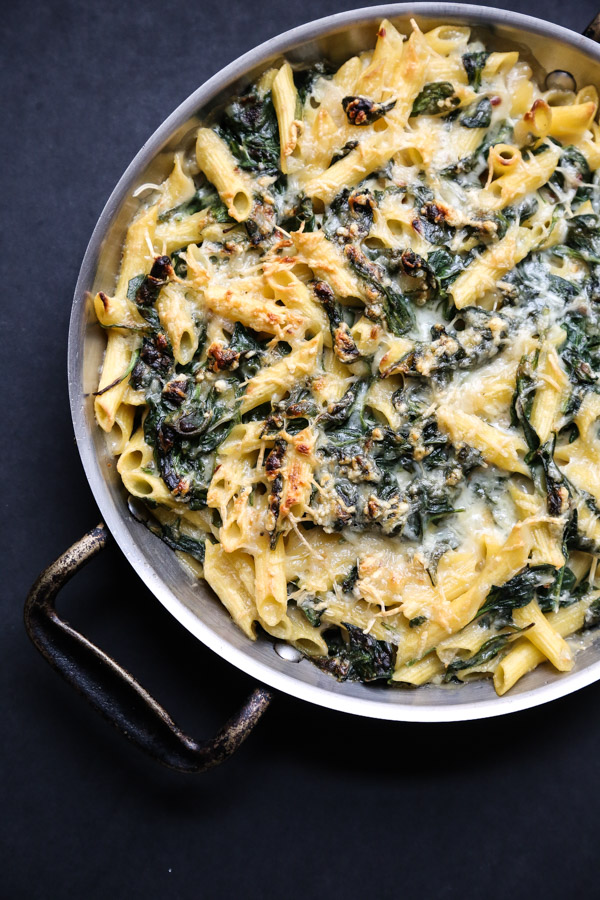

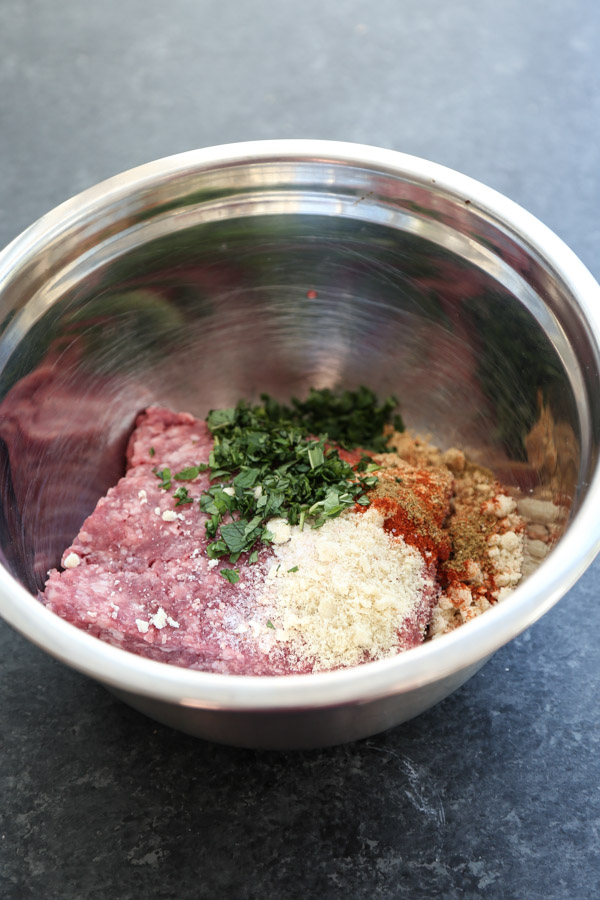
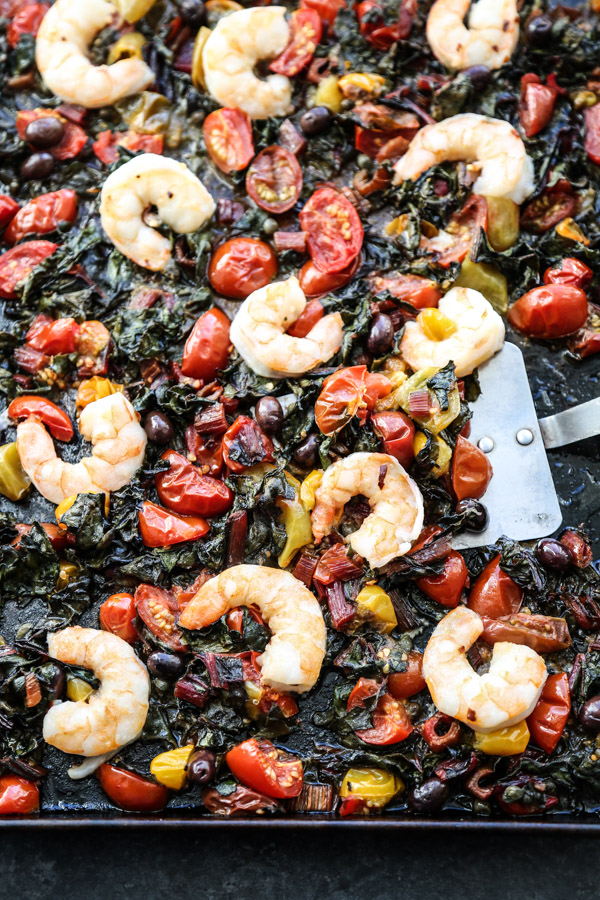


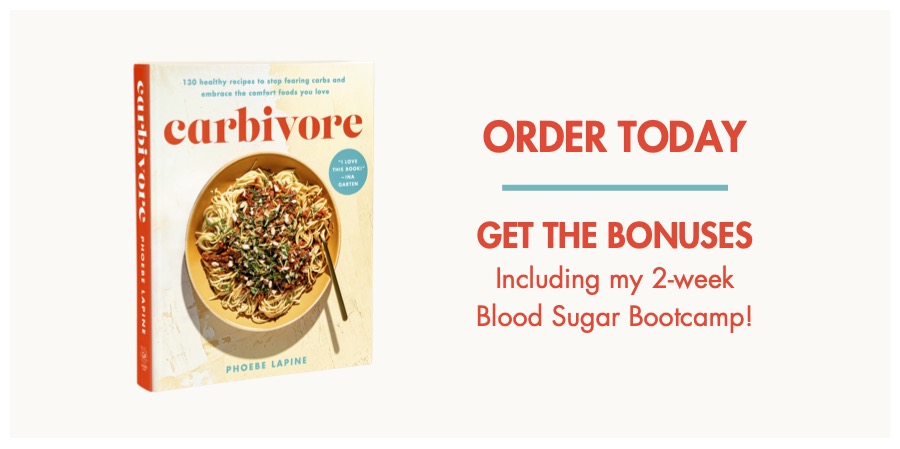
I’m glad to see low FODMAP more mainstream and how to bring it back to the kitchen! Your tips are very practical loved them :). The one thing I would add is that it’s not meant to be a long-term solution because as you mentioned you’re cutting out key nutrients. It’s more of a strategy for testing and learning which foods an individual can and can’t tolerate – many people can add back in entire FODMAP categories which is great news! Also because of the restrictions it should always be administered under the care of a healthcare professional and not self-diagnosed like many people do with eliminating gluten.
thank you so much for reiterating this advice katie!! most of the people I know who have done it have ended up only keeping one or two categories, which should be encouraging to those wary of going this extreme route. so glad you read! xo
I just wanted to mention that sriracha is a chili-garlic hot sauce, so those avoiding FODMAPs will probably want to go with other options for hot sauces!
so good to know emily! sorry about that. i made the correction. is choloula ok?
Well im sure , i can recommend to this my mom.. thanks for an awesome tasty recipe
Sorry, but I think most of these “food plans”/food “problems” are BS. First thing you should do is have your gall bladder checked.
I think these plans can be dangerous and most do not provide key nutrients and encourage food problems/issues.
why the gall bladder, joanie?
Really gall bladder that makes no sense! Thank you for the recipes Phoebe!
Gallbladder makes perfect sense. Dr. Ben Lynch talks about the importance of bile flow and SIBO. Might be something that needs to be addressed when treating SIBO.
Wow this is an in-depth, well researched and well written article. Fantastic job Phoebe. Panos had an IBS “attack” 10 years ago, but it was due to his efforts to loose weight soon. So what did he do? He ate lettuce salads (a lot of them) EVERY DAY for 5 days! No wonder his intestines freaked out!:)
Our moto is “everything in moderation”. He never did that again, so he never had any serious issues again. When we eat legumes/pulses for a couple of days, yes, we’re bloating a bit, but it’s something to be expected. You then switch to let’s say, pasta and chicken and you’re fine.
At least, that’s what seems to be working for us:)
We eat everything, in moderation:)
Thank you for the amazing article, it was really thorough on the subject!
xoxoxo
that is hilarious!! oh, men – bless their hearts! proof that extremes don’t work for anyone! xoxo
I admit, I bristle a little at the idea that there is a low FODMAP diet controversy. There shouldn’t be any controversy because it should be treated as a medical diet not a fad or a weight loss option. That said, it’s encouraging to see people talk about it, so thank you for writing your post. There is a small, but sizable population that suffers from IBS and awareness helps everyone with food intolerances.
With regards to FODMAPS themselves, as someone who was diagnosed with IBS by my PCP and GI in fall 2015, went through the FODMAP elimination diet with the help of both doctors, rechallenged each of the FODMAP categories also with their guidance, I can say definitively that watching my high FODMAP food intake allows me to control my IBS symptoms. Some categories I have to avoid completely (like the “un-holy trinity” of garlic, onion, and shallots…btw, this also includes leeks, as it’s all vegetable fructans), others it’s a matter of limiting the amounts. As Kate mentioned above, though, it’s important to keep in mind that the research Monash University has done in this space does not call for permanently eating a low FODMAP diet (in fact, they emphasize that it should be done for no more than 8 weeks). Instead, the elimination of high FODMAP foods is done to allow the gut time to heal and the body to readjust before rechallenging small, medium, and large amounts of various high FODMAP food groups in a very controlled way. This allows individuals to know which foods and what amounts of those foods will trigger symptoms, and avoid only those foods that cause problems. It’s a process, and not a very fun one; but in the end, it’s worth it.
thank you so much for your thoughtful comment Alleigh! I’m glad that the diet was helpful for you and that you now have a grasp of what works for your system and what doesn’t. Out of curiosity, did any of your doctors recommend a probiotic regimen in tandem with the healing process? Thanks for reading!
Hi Pheobe…that’s actually very important question. Yes, my doctors put me on Align. In fact, they had me try Align before the low FODMAP diet, but it didn’t help my most severe symptoms on its own. If I forget to take the Align for a few days, even if I am strictly low FODMAP, my stomach is better than it was before, but it can be a little more sensitive. So, ultimately, my symptoms are best controlled with both the probiotic AND my modified low FODMAP diet.
Very good to know! I think that gut bacteria is the root cause of everything. I wonder if giving yourself more time with the Align will one day help you eat some fodmap foods again. fingers crossed 🙂
My fingers are crossed on that too!
Thanks for giving us a shout out!
my pleasure!
Thanks for this! I have had SIBO for 2 years and am trying the low FODMAP diet starting in August. I assume asafoetida (member of the celery family) is ok as a flavoring substitute for onions? Thanks!